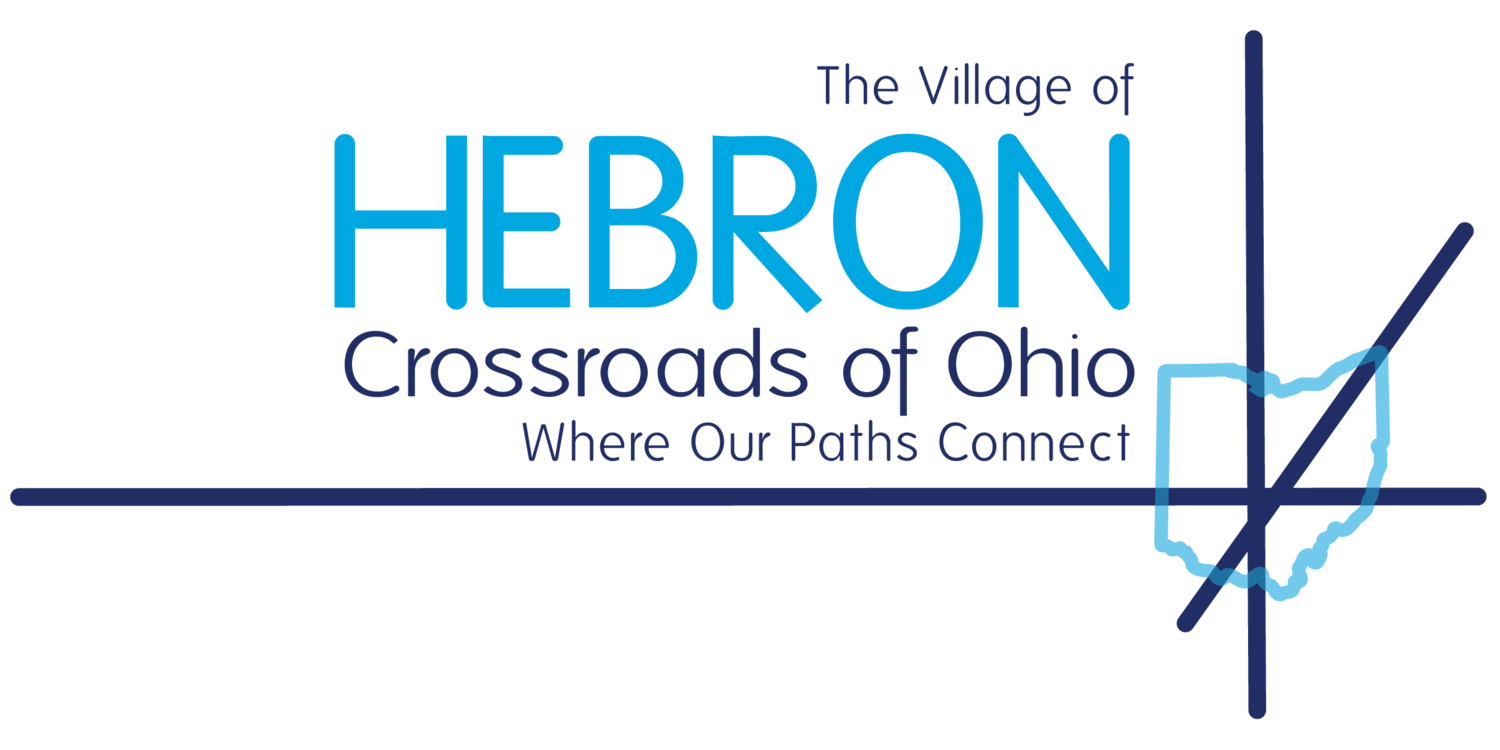Water Reclamation
The original water reclamation plant was built in 1963-64. Upgrades were completed in 1988 and 1997. Due to the old plant being routinely overloaded, the village was directed to build a new plant. The existing plant was built in 2005-06, coming online 11/10/06. The system is known as an extended-air activated sludge system.
The new Water Reclamation Facility (WRF) or Pubic Owned Treatment Works (POTW) consists of a raw pump station with flow metering. Preliminary treatment consisting of a mechanically-cleaned screen (removes solids out of the waste stream), a grit removal system (removes smaller solids that may pass through screen), primary clarifiers (to remove suspended matter from the water through gravity settling) and an Orbal oxidation ditch. The purpose of the Orbal tank is to treat the wastewater using biological organisms. Final clarifiers are used to refine the wastewater and works exactly like the primary clarifiers. Tertiary sand filters are next in the process. They are used to filter out any miniscule particles before UV disinfection. UV (ultraviolet) disinfection penetrates and destroys microorganisms’ DNA, thus rendering them unable to multiply. A post-aeration system ends the treatment process. It adds air to the treated water before it goes to the receiving stream (Beaver Run). This helps the aquatic life in the stream with an increase in oxygen levels at the outfall and downstream of the outfall.
The Village of Hebron, Ohio EPA and V3 Companies, Ltd have worked together diligently to create a new set of local limits. These limits are then provided to the industries as a guide to their discharge of wastewater to the Village’s Water Reclamation Facility. These local limits are established to protect against Pass Throughs and Interferences at the Water Reclamation Facility and to minimize potential Ohio EPA permit violations in the Waters of the State of Ohio (Beaver Run).


